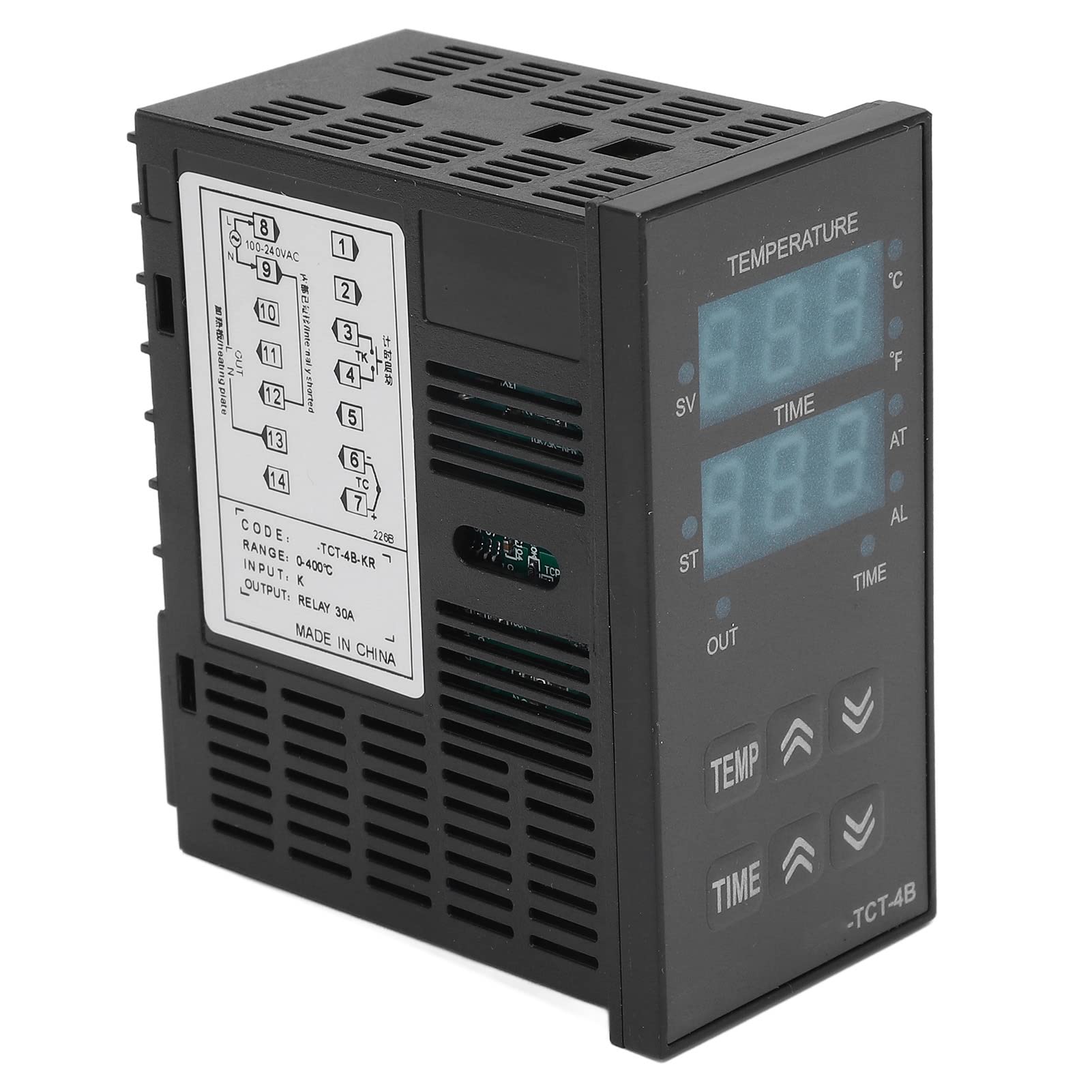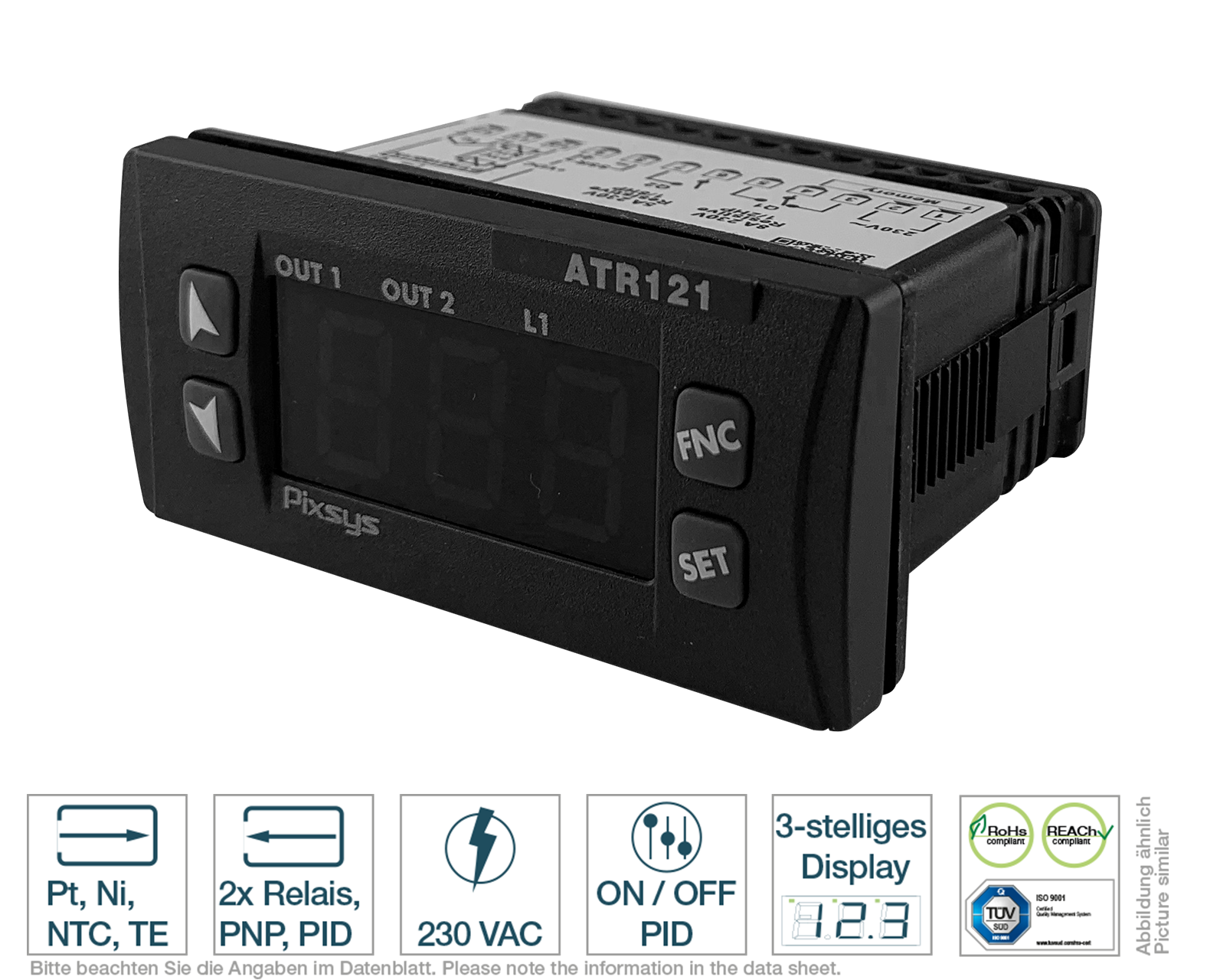
Source: Amazon.de
Solar Cell Testing Methods
When testing solar cells, especially under one-sun illumination, excess heat can be a concern. To manage this, a common method is to place the cell on a large metal block through which water runs to keep the cell cool. A thermocouple is used to monitor the temperature, ensuring it stays at the optimal 25 °C. This setup works effectively for commercial cells with full rear metal contact.
Advanced Testing for Specific Cell Designs
For cells with contacts on the rear or those designed for bifacial illumination, a more sophisticated testing approach is necessary. Flash testing is a widely used method in such cases. In flash testing, a burst of light is directed at the cell, and rapid measurements are taken. This technique helps eliminate temperature control issues but requires sophisticated electronics for quick and synchronized data collection with the flash.
Flash testing is also commonly employed for module testing, where direct control of cell temperature is challenging due to encapsulation. By using flash testing, accurate and efficient evaluation of solar cells and modules can be achieved, ensuring their performance meets the desired standards.

Source: Testo Sensor Shop · Auf Lager
Feel free to comment your thoughts.
